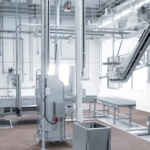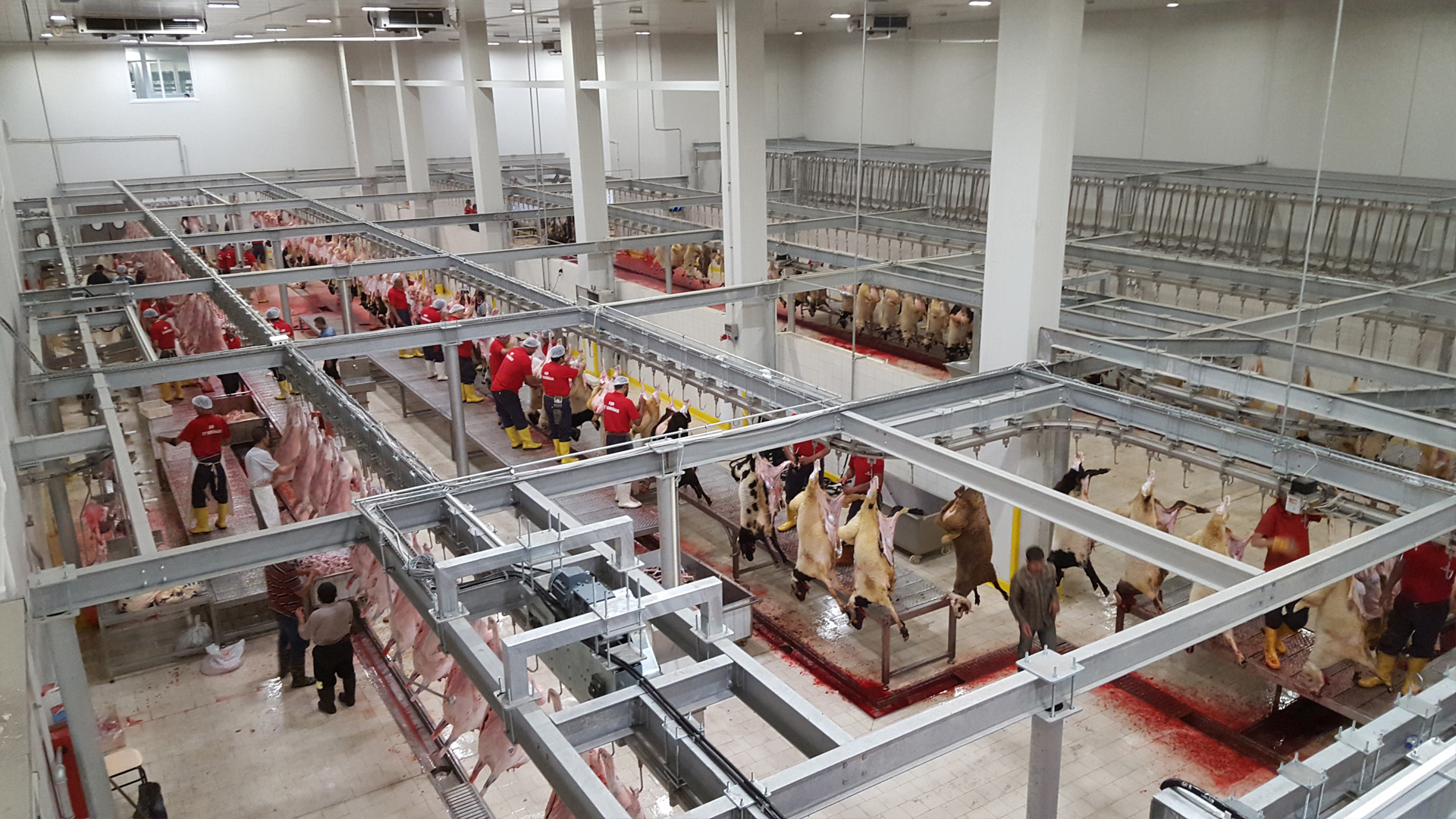
With advancements in automation, data management, and equipment, technology plays a pivotal role in enhancing efficiency, food safety, and animal welfare in abattoir design and processes.
This is an opinion piece or news article written by our staff.

From layout design to equipment selection, each element plays a crucial role in streamlining processes, maximizing productivity, and minimizing costs. In this article, we will explore the key factors to consider in abattoir design to achieve optimal efficiency.
The layout of an abattoir greatly impacts workflow and efficiency. Consider factors such as the flow of animals, separation of different processing areas, and minimizing unnecessary movement. An optimized layout reduces handling time, minimizes cross-contamination risks, and promotes a smooth workflow.
Choosing the right equipment is essential for efficient processing. Assess the specific needs of the abattoir and select equipment that improves productivity and quality while ensuring ease of use and maintenance. Consider factors such as throughput capacity, automation options, and compatibility with other processes.
Effective waste management is crucial for maintaining hygiene, environmental sustainability, and regulatory compliance. Implement systems for proper disposal of blood, offal, and other waste materials, while considering recycling and sustainable options. Proper waste management prevents contamination and ensures a clean and safe working environment.
Conduct a detailed analysis of the workflow to identify potential bottlenecks and areas for improvement. Streamline processes by optimizing the sequence of tasks, reducing unnecessary steps, and utilizing technology or automation where applicable. An efficient workflow improves overall productivity and reduces costs.
Maintaining high standards of hygiene is vital in abattoir operations. Implement robust sanitation protocols, including regular cleaning and disinfection routines. Ensure that personnel adhere to strict personal hygiene practices and provide appropriate training and resources to maintain cleanliness throughout the facility.
Consider energy-efficient equipment and systems to reduce operational costs and environmental impact. Utilize energy-saving lighting, optimize temperature control, and explore renewable energy options where feasible. Energy-efficient practices contribute to sustainability while positively impacting the bottom line.
Efficient abattoir design is essential for optimizing operations, reducing costs, and ensuring quality standards. By carefully considering factors such as layout optimization, equipment selection, waste management, workflow analysis, hygiene, and energy efficiency, abattoirs can create a well-designed facility that maximizes productivity and minimizes environmental impact.

With advancements in automation, data management, and equipment, technology plays a pivotal role in enhancing efficiency, food safety, and animal welfare in abattoir design and processes.

Abattoirs play a critical role in this journey, serving as the gateway where livestock are transformed into meat products.

When it comes to abattoir operations, there are different models to consider, including small-scale and large-scale facilities.

Compliance with these regulations is essential to protect public health, maintain industry reputation, and adhere to legal requirements.